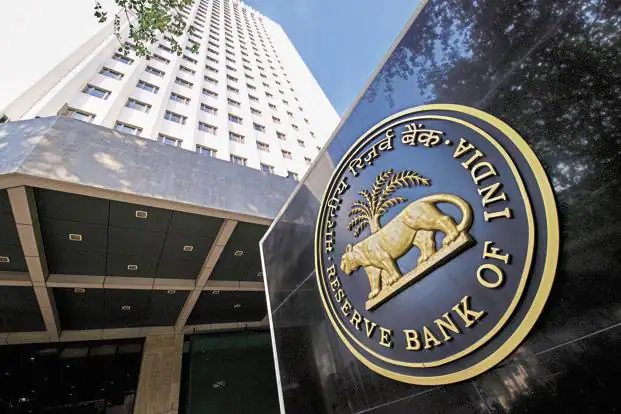Rama Krishna Sangem
People in India are borrowing like anything. India’s household debt likely surged to a record in the final three months of 2024, with signs that consumers are boosting riskier borrowing, which has been a worry for the Reserve Bank of India.
Household debt touched a new high of 39.1% of gross domestic product in the October-December quarter, up from 36.7% a year ago, estimated economists Nikhil Gupta and Tanisha Ladha of Motilal Oswal Financial Services Ltd in a report earlier this week. The figures are higher than the previous peak of 38.6% in the Jan-March period of 2021.
And while household debt is estimated to have reached a new peak, non-housing loans grew faster than housing loans for the sixth successive quarter in the third quarter of FY2024.
Why should we worry about it?
Within the non-government non financial debt, household debt is a key concern. It jumped by a significant 16.5 per cent on year, driven primarily by non-housing loans. This has pushed household debt to a new peak of 39.1% of GDP. This means that Indian households owe a larger portion of their total income (GDP) as debt than ever before.
Riskier borrowing: The report highlights a concerning shift towards riskier non-housing debt. This type of debt, used for consumer goods or discretionary spending, grew faster (18.3% YoY) than housing loans (12.2% YoY). This suggests Indians might be borrowing more for non-essential purchases.
Data from CRIF High Mark, a leading Indian credit bureau, also showed that the festive quarter between October 2023 to December 2023 has seen a spurt in consumer lending segments like Auto Loans, Two-Wheeler Loans, Personal Loans, Consumer Durable Loans, and Home Loans.
Consumer durable loans witnessed a significant surge of 27.1% in originations (value), likely fueled by festive season discounts on electronics and appliances. The average ticket size also grew by 16.3%. Personal loans increased by 13% in originations (value) and witnessed a 22.3% growth in volume. Interestingly, there was a shift towards smaller ticket loans, with an average ticket size dropping 8%.
More debt means, borrowers have more chances of defaulting repayments. If there are defaults, banks will had more bad loans. If banks pile up more bad loans, they cannot lend money for new customers, who need loans. So, overall, the financial sector will be in deep trouble, if households are landed in un-repayable levels of borrowings.



